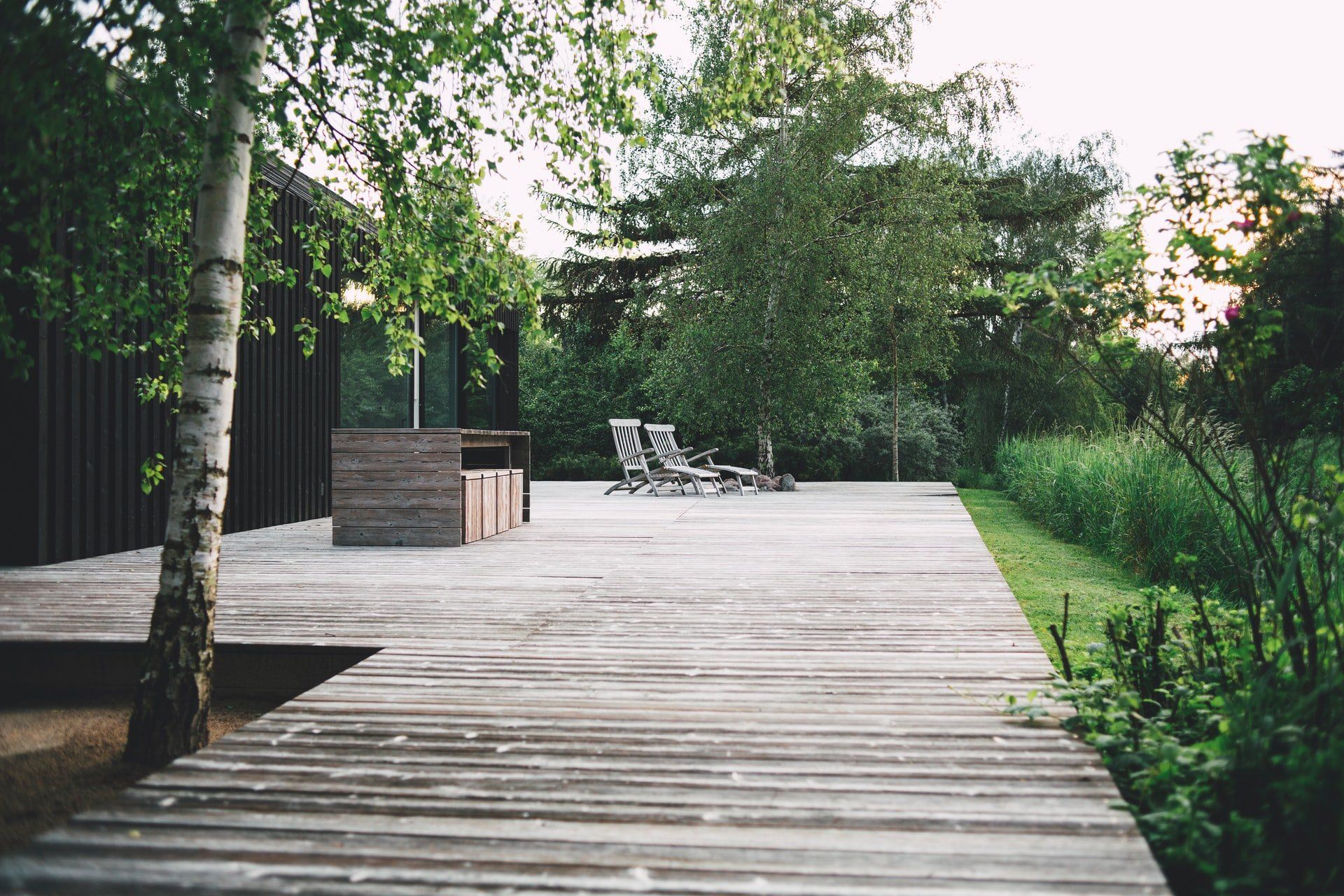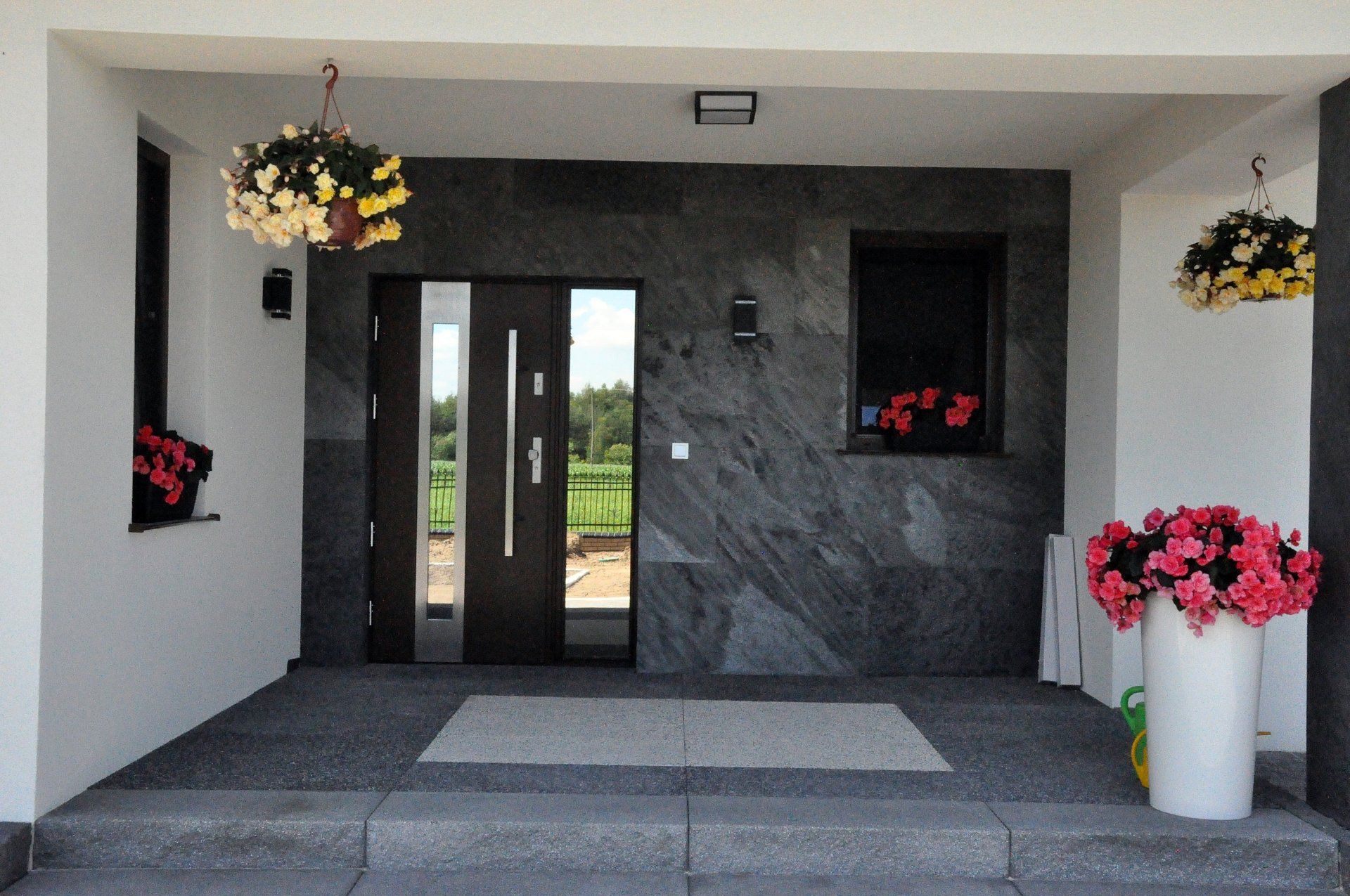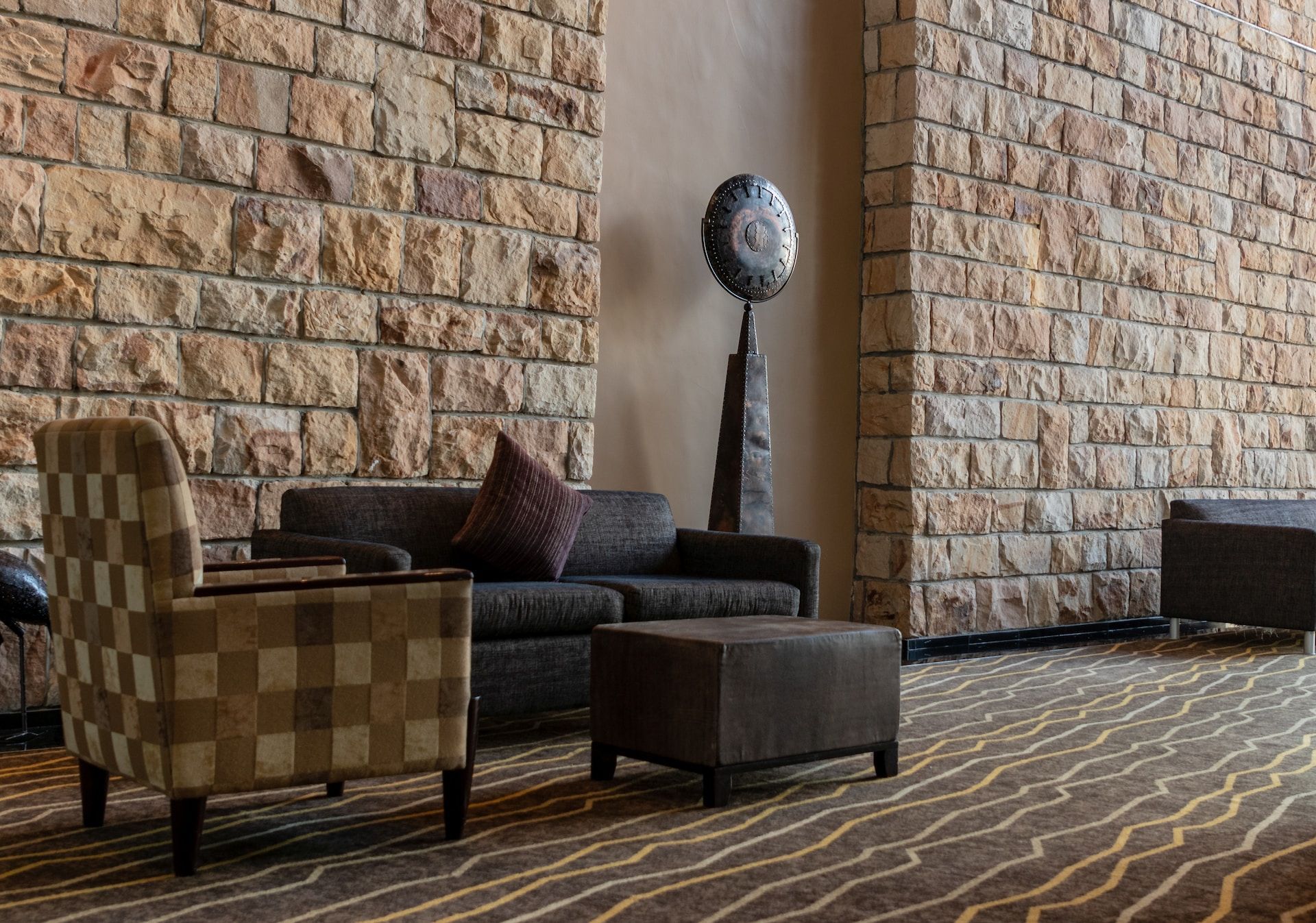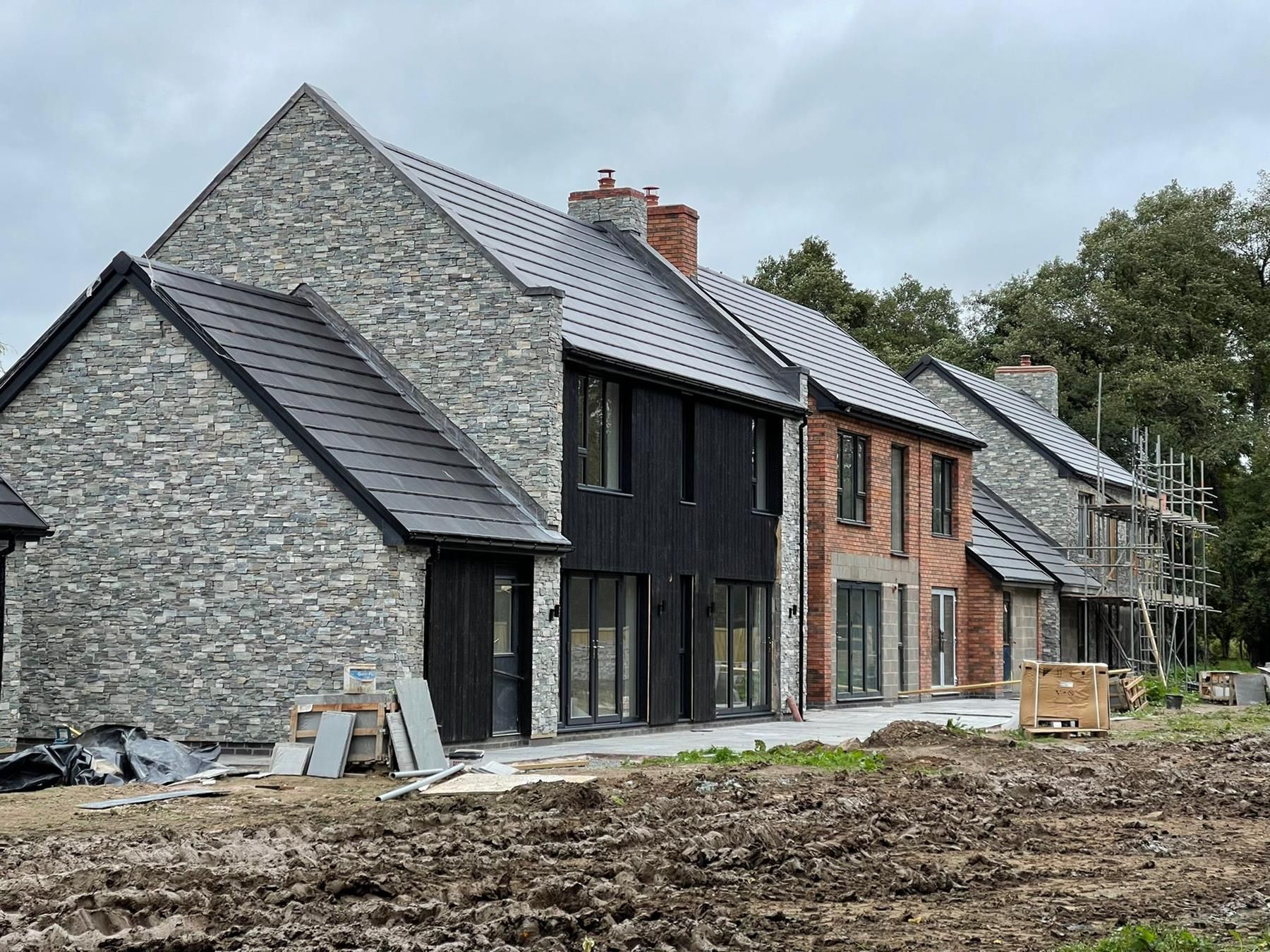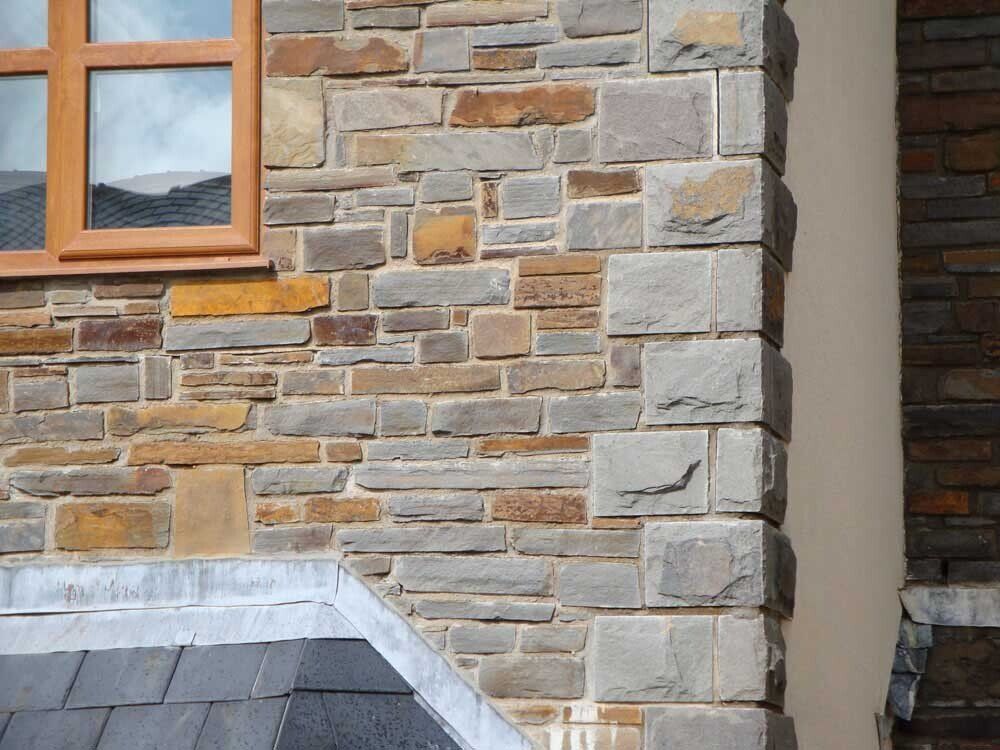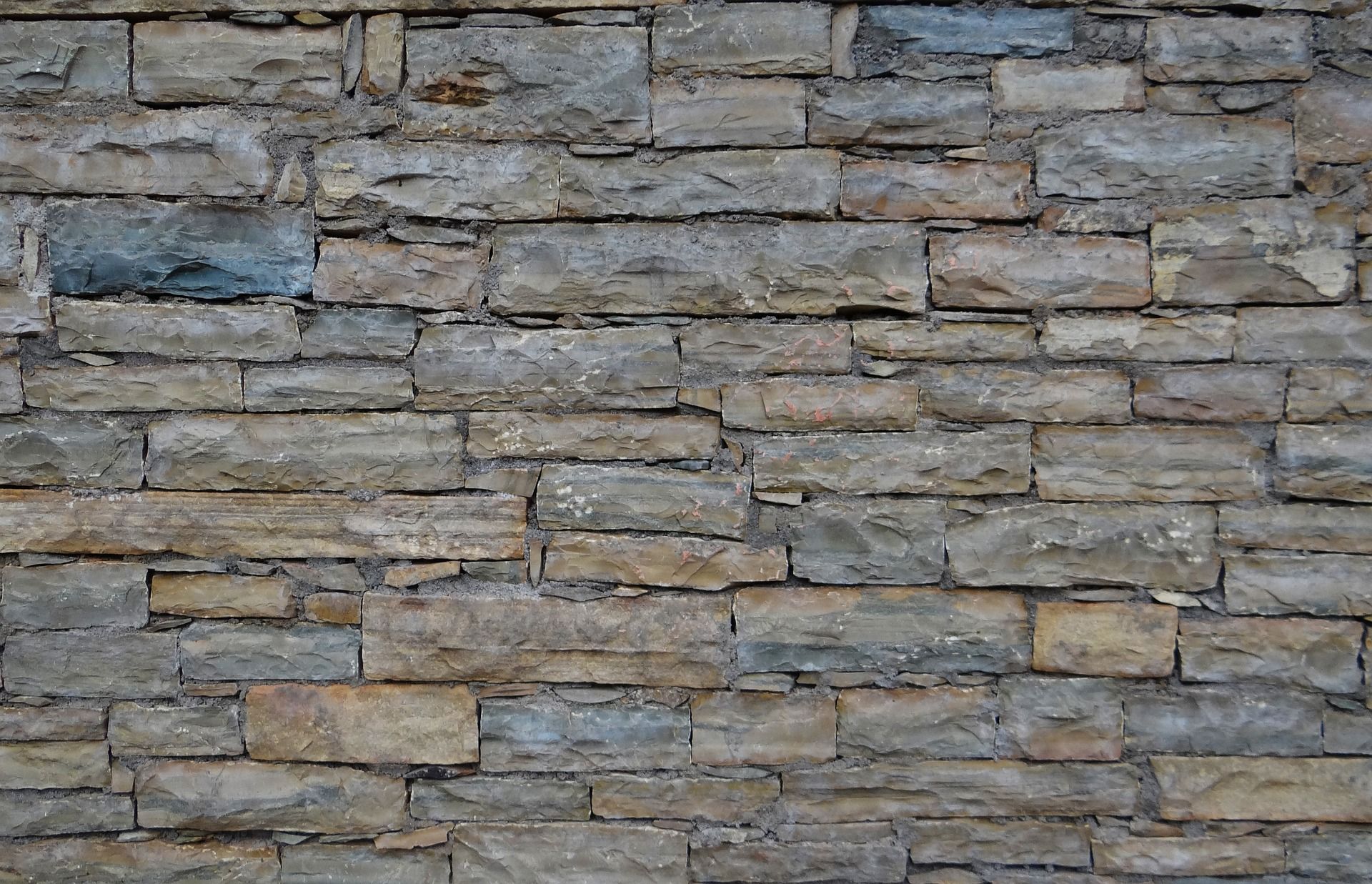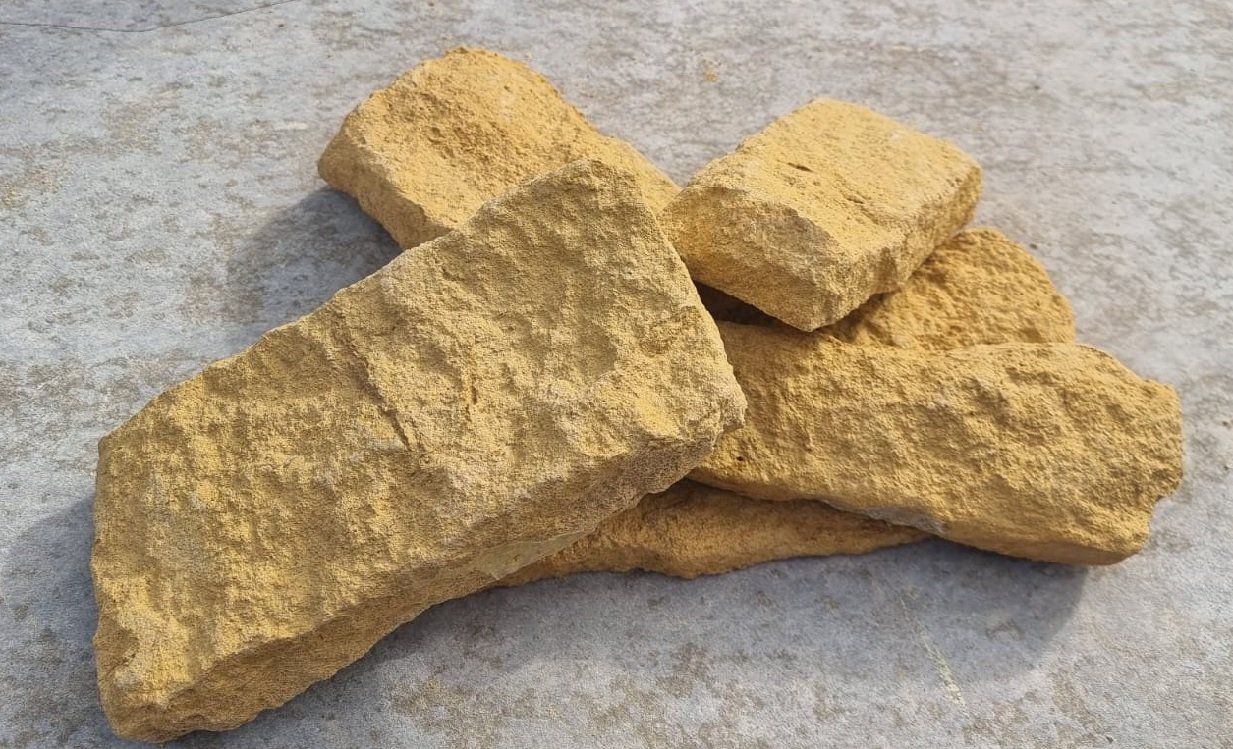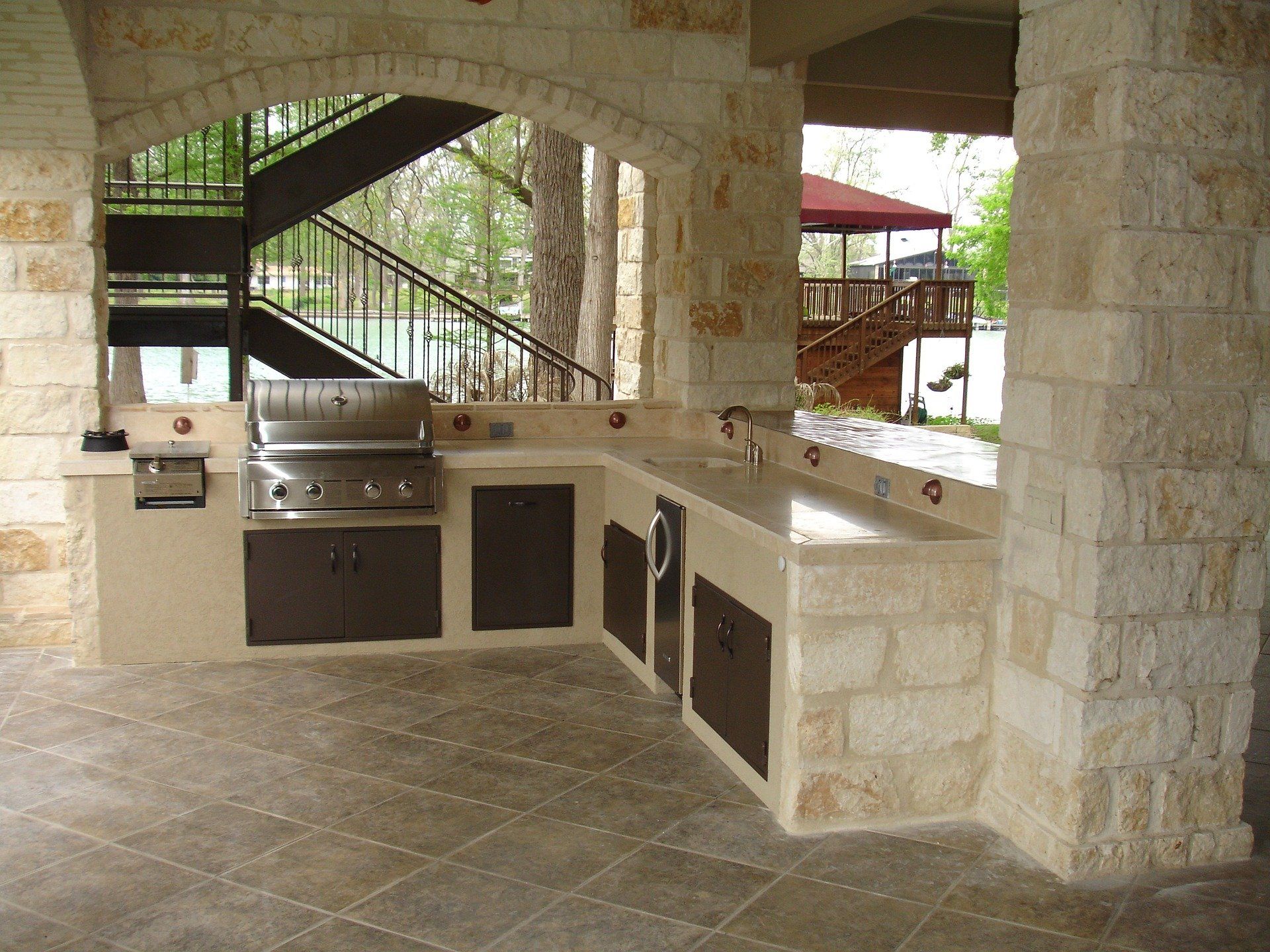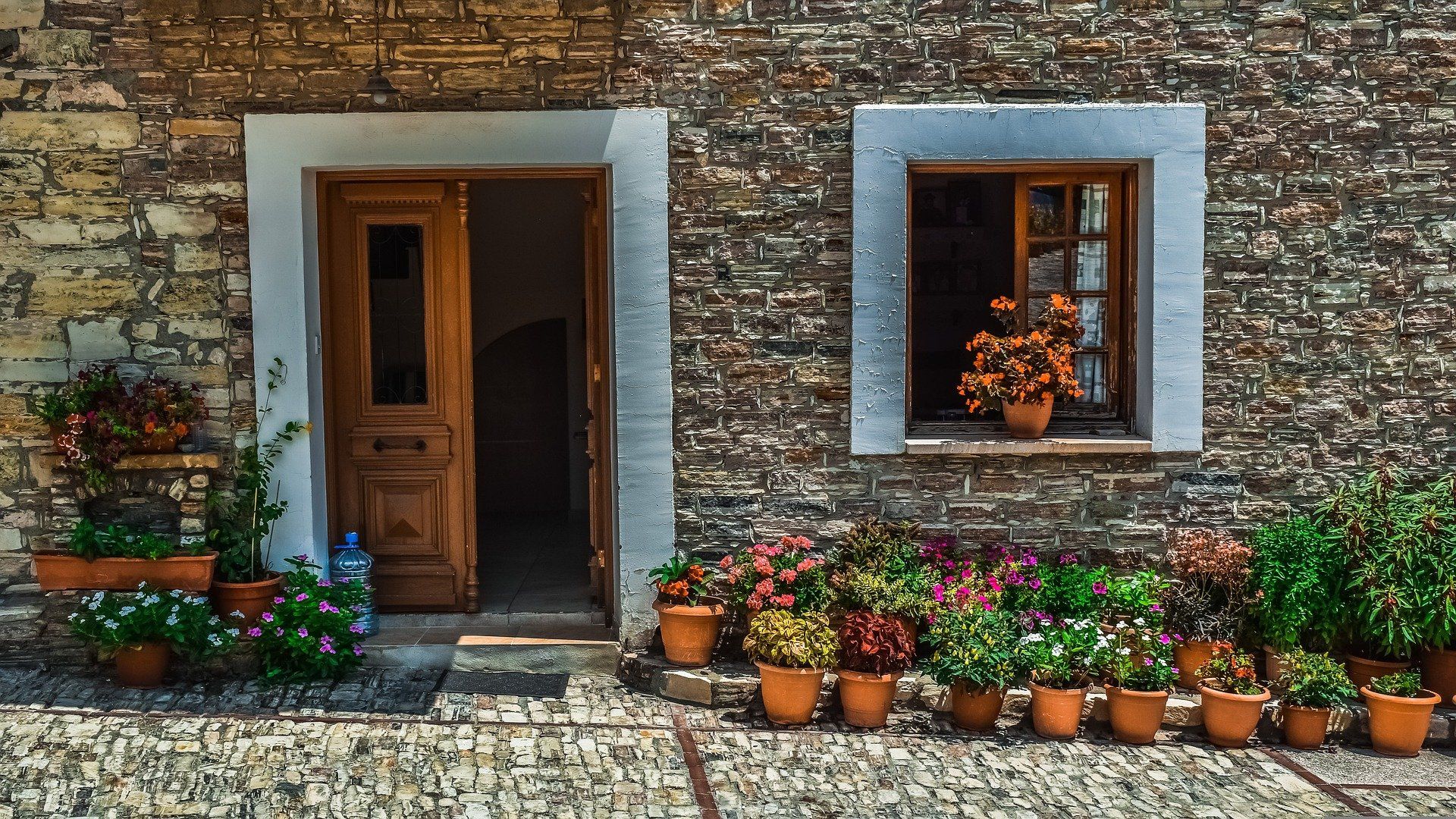Popular materials for exterior facades
In our last articles we gave you some options about materials for exterior facades.
Brick and various types of plaster have been the most important facade materials for years. Both of them are very suitable for different styles of arrangement - especially, that you can choose them from many colours. Thanks to their application it is possible to create traditional facades as well as rustic, industrial or minimalistic.
The body content of your post goes here. To edit this text, click on it and delete this default text and start typing your own or paste your own from a different source.
The most common facades materials
So lets see the most popular option for exterior facades!
Brick for facades
Some materials for exterior facades have been known for many centuries. Among them brick, that is, natural, burn out clay with high strength and resistance to many factors. Its aesthetic qualities deserve attention. Brick tiles are available in a wide range of colours and exciting shapes. The most popular colours are traditional red or brown, but also increasingly popular beige, white, ash and black. Besides, the appearance of the façade is influenced by the shape of the brick, which can have rounded, straight or irregular edges. This variety allows you to create facades in different styles – rustic, industrial or modern.
Essential advantages of brick cladding include the following properties:
- high resistance to weathering, including frost, high temperature and UV radiation,
- moisture resistance,
- strong thermal insulation properties – good heat transfer coefficient U,
- sound resistance,
- resistance to biological agents and corrosion,
- easy to clean and resistant to dirt.
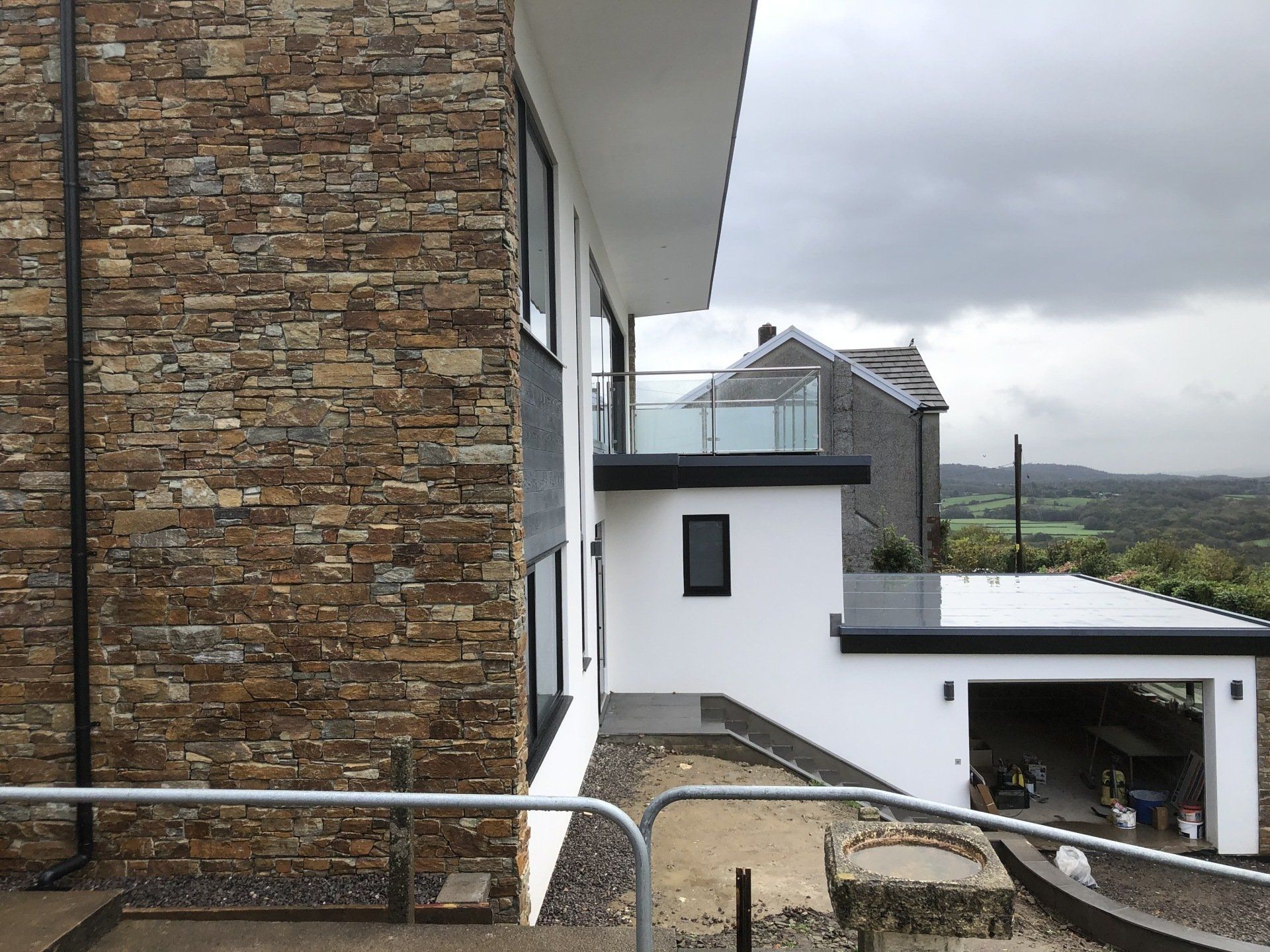
Plaster
Elevator plaster is the most popular way to cover the walls of residential buildings. Suitable for both traditional houses and more modern, minimalist solids. It is usually sold in the form of white or grey powder for making up. After covering the walls with it, you can paint it in any colour. The texture of the plaster can be smooth or rough, which further increases the possibilities of arrangement.
Depending on the type of walls, thin or thick-layer plasters are used. The former is used to cover walls insulated with a light wet method. These are primarily clinker and veneers. Thick-layer renders are utilised as facades for solid walls.
In addition to this primary division, several types of plaster are distinguished, such as acrylic, mineral, silicone or silicone plasters. They differ, among other things, in price and degree of resistance to destruction, deformation, moisture and atmospheric factors. Among the cheapest are acrylic and mineral plasters, the latter of which show greater durability.
However, when it comes to colour durability, acrylic and silicone plasters excel.
Façade of the house – natural materials
Natural facades are also widely used in construction. They are made of materials such as wood, stone or solid vegetation. Each of these types of façade presents itself uniquely giving the building a unique character. Also, the great advantage of each of them is their reference to ecological trends. They allow you to create facades perfectly harmonising with the natural surroundings of the building.
Wood
Wood belongs to the highly desirable pouring materials. It is natural and healthy and looks impressive and at the same time, cosy. This material is often used in construction in the Scandinavian style, referring to ecological trends. For example, larch, cedar, oak, exotic wood or cheaper pine or spruce wood are used as a material for the façade. Thanks to good thermal insulation, they maintain a favourable microclimate in the house at any time of the year.
The most important advantages of wooden façade are:
- relatively good thermal insulation,
- beautiful, natural appearance,
- ability to donate water vapour,
- the durability of the façade with proper impregnation and maintenance of wood.
- Despite these advantages, wood is not an ideal material. For example, it tends to be destroyed by unavoidable contact with moisture and UV rays. Being not immune to these factors, after a while, it begins to decay, darken or catch. To delay these phenomena, it is necessary quite intensively to maintain and impregnate the wooden façade. For this reason, materials with better technical characteristics are increasingly chosen instead of wood, which looks like this natural raw material.
Stone
The stone is a trusting, durable and very resistant material. This timeless building material is therefore ideal for the exterior façade of the building. In construction, sandstone, marble, basalt, limestone and granite are used, among others. Thanks to such a wide variety, stone finishes allow you to achieve a variety of visual effects. Today, both natural and artificial stone can be found on the market, as well as façade stone imitating wood.
Elevator stone cladding is also available in the form of small fittings and large panels. Their varied surface adds depth and dimension to the façade.
Among the most significant advantages of stone are:
- natural appearance to facilitate the adaptation of the façade to the surrounding nature,
- high resistance to moisture and frost,
- ease of cleaning (although this does not apply to joints between stones),
- ability to retain its colour for a long time,
- it can be painted in any colour.
- It should be mentioned, however, that the stone is a difficult material to process, which to some extent limits its usefulness. It is also quite expensive raw material, which also requires proper care.
Green façade
Green façade is a modern, environmentally-friendly trend in residential and business construction. The idea is to cover the walls of the building with the right vegetation, which in itself will be an aesthetic value. For such projects, long-lived plants are ideal. The variability of their colours depending on the season and their service life allow for years to enjoy their natural charm.
The advantages of green facades include:
- the natural appearance and the ability to integrate the building into the green surroundings,
- positive impact on the environment,
- variability in the appearance of the building with the seasons,
- ability to lower the ambient temperature by absorbing UV radiation,
- high sound insulation.
Plants can directly grow the wall of the building, but then it can become damp. Therefore, vegetation is now increasingly separated from the walls by mesh scaffolding or steel ropes.
Sounds interesting? Stay tuned for our next articles - we will show you modern and unusual facades!

